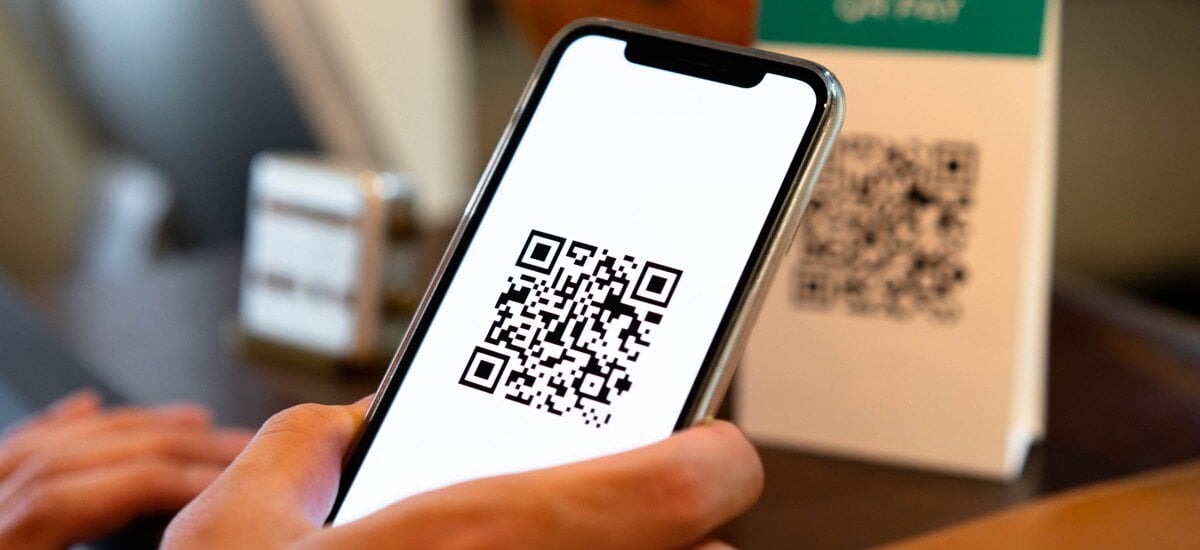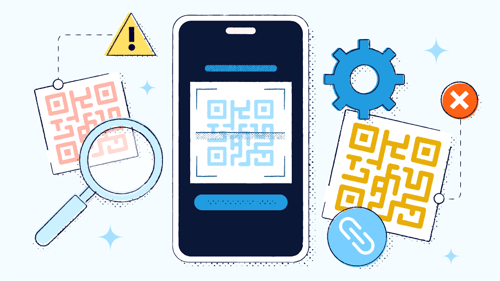What Are QR Codes?
QR codes, short for Quick Response codes, are two-dimensional barcodes that can be scanned using a smartphone camera. Invented in 1994 by Denso Wave, a Japanese automotive company, QR codes were initially used to track vehicles during the manufacturing process. Today, they've evolved into a versatile tool used across various industries.
How QR Codes Work
At their core, QR codes are a method of storing information in a visual pattern. When scanned, this pattern is translated into actionable data, such as a website URL, plain text, or contact information. The beauty of QR codes lies in their ability to store more information than traditional barcodes and their quick readability.
QR codes can contain various types of information:
- Website URLs
- Plain text
- Contact information (vCards)
- Email addresses
- Phone numbers
- SMS message templates
- Wi-Fi network details
- Geographic locations
Creating QR Codes
Creating a QR code is simpler than you might think. There are numerous free online tools and software options available. Here's a step-by-step guide to creating your first QR code:
1. Choose a QR code generator (e.g., QR Code Generator, QRStuff, or Canva)
2. Select the type of content you want to encode (URL, text, contact info, etc.)
3. Enter the information you want to share
4. Customize the design (colors, logo, shape) if desired
5. Generate and test your QR code
6. Download and save your QR code
Best practices for QR code design and placement:
- Ensure high contrast between the code and background
- Make the QR code large enough to be easily scanned
- Include a call-to-action near the code
- Test the code on various devices before publishing
- Place QR codes in easily accessible locations

Reading QR Codes
Most modern smartphones have built-in QR code reading capabilities in their camera apps. For older devices, there are numerous free QR code reader apps available on both iOS and Android platforms.
Popular QR code reader apps include:
- Google Lens
- QR Reader for iPhone
- QR Code Reader (Android)
Benefits for Small Businesses
QR codes offer several advantages for small businesses:
1. Enhanced customer engagement: Provide instant access to additional information, promotions, or interactive experiences.
2. Streamlined operations: Simplify processes like payments, inventory management, and customer feedback collection.
3. Cost-effective marketing: Create and update marketing materials quickly and inexpensively.
4. Data collection and analysis: Track customer interactions and gather valuable insights.
5. Contactless interactions: Especially valuable in a post-pandemic world.
Common Use Cases
Small businesses can leverage QR codes in numerous ways:
1. Digital business cards: Share contact information instantly and eco-friendly.
2. Product information and reviews: Link to detailed specs, user manuals, or customer reviews.
3. Website and social media links: Drive traffic to your online presence from physical locations or printed materials.
4. Contactless payments: Enable quick and secure transactions.
5. Event check-ins: Streamline registration and attendance tracking.
6. Coupon and loyalty programs: Offer easily redeemable discounts and rewards.

Measuring QR Code Performance
To maximize the effectiveness of your QR code strategy, it's crucial to track and analyze their performance. Many QR code generators offer built-in analytics, but you can also use tools like Google Analytics by creating custom URLs for each code.
Key metrics to track include:
- Number of scans
- Scan locations and times
- Devices used for scanning
- Conversion rates (if lin
By analyzing this data, you can refine your QR code strategy and improve its effectiveness over time.
Conclusion
QR codes represent a simple yet powerful tool for small businesses looking to enhance their marketing, streamline operations, and improve customer engagement. By understanding the basics of QR code creation and implementation, you can tap into a world of opportunities to grow your business and connect with your audience in new and exciting ways.
As you embark on your QR code journey, remember to start small, test different approaches, and always prioritize the user experience. With creativity and strategic implementation, QR codes can become a valuable asset in your small business toolkit.
Ready to get started? Create your first QR code today and take the first step towards a more connected and efficient business!


